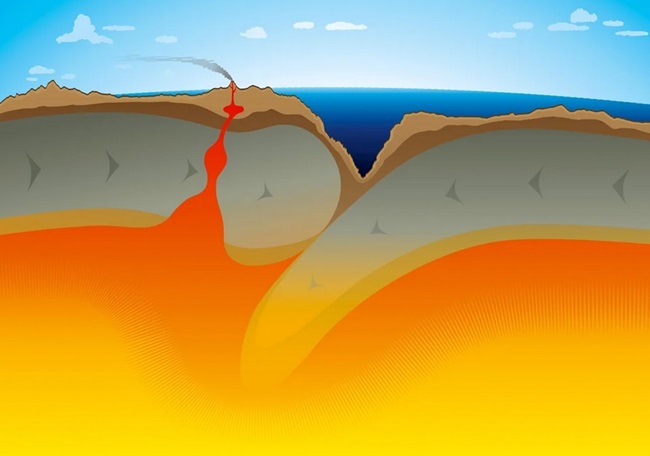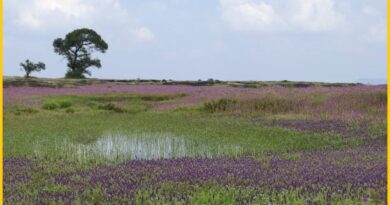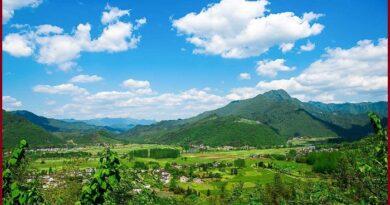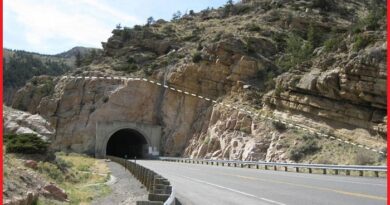Why The Pacific Ocean Is Shrinking and The Atlantic Ocean Is Widening
The Pacific Ocean Is Shrinking
The Pacific Ocean is gradually shrinking, decreasing by about an inch each year as the tectonic plates beneath the Americas are pushed westward. According to new calculations made by a supercomputer, this process will eventually lead to the formation of a new supercontinent called Amasia.
The General concept of Plate Tectonic
The lithosphere is the Earth’s solid outer layer, composed of the crust and the uppermost part of the mantle. It is divided into several large and small tectonic plates that move atop the asthenosphere, a semi-fluid layer of the mantle. These movements are driven by convective currents within the mantle.
There are three types of plate boundaries: divergent, convergent, and transform. At divergent boundaries, two plates move apart, creating new crust and causing the ocean floor to spread. At convergent boundaries, two plates move toward each other, and one may be forced beneath the other, forming a subduction zone. Transform boundaries occur when two plates slide past each other horizontally.

Concept of Pangaea
The supercontinent Pangaea, formed around 335 million years ago, began to break apart during the age of the dinosaurs. We currently live on the fragmented remains of This Supercontinent Known as America, Asia, Africa, Australia, etc. The existence of even older supercontinents, such as Rodinia and Columbia (also known as Nuna), suggests that Earth undergoes a “supercontinent cycle” in which these vast landmasses form and disintegrate roughly every 600 million years. This cycle raises intriguing questions about what kind of new supercontinent could form in the future, leading scientists to propose names like Novopangaea, Aurica, and Amasia for potential future landmasses.
To explore this mystery, a team of researchers led by Chuan Huang, a geophysicist at Curtin University in Australia, used a supercomputer to simulate Earth’s future. Their findings, published in the journal National Science Review, suggest that a new supercontinent called Amasia could form about 200 million years from now as the Pacific Ocean shrinks, eventually disappearing entirely and causing North America to collide with Asia.
The concept of Amasia, a combination of the names America and Asia, has been a topic of scientific discussion for over a decade. However, there is debate about whether this supercontinent would form through “introversion” or “extroversion.” Introversion involves the closure of younger oceans that formed after the breakup of Pangaea, like the Indian or Atlantic Oceans, while extroversion refers to the closure of the older Pacific Ocean, which is currently shrinking by about one inch per year.
“Earth’s known supercontinents are believed to have formed in vastly different ways, with two end members being introversion and extroversion,” explained Huang and his colleagues in their study. “Introversion involves the closure of the internal oceans formed during the breakup of the previous supercontinent, whereas extroversion involves the closure of the previous external superocean.”
Also Read– The San Andreas Fault-Geotourism around the world’s most dangerous fault
Using their modeling results, Huang’s team speculates on whether the next supercontinent is more likely to form through the closure of the Pacific Ocean (extroversion) or the Indo-Atlantic Oceans (introversion).
Why The Pacific Ocean Is Shrinking while The Atlantic Ocean Widening
The Pacific Ocean Is Shrinking
The Atlantic Ocean Is Widening
The Pacific Ocean Is Shrinking while The Atlantic Ocean is Widening. The answer is in the mid-Atlantic Ridge, an extensive underwater mountain range that separates two tectonic plates: the North American plate and the Eurasian plate. As these plates slowly move apart, magma from the Earth’s mantle rises to fill the gap, creating new oceanic crust in a process known as seafloor spreading.
To understand seafloor spreading, imagine a conveyor belt in a factory. The tectonic plates are like two pieces of fabric moving in opposite directions on this belt, while the molten rock from the mantle is similar to new material being added between them. As the belt moves, new fabric is continuously added, pushing the two pieces farther apart. Similarly, when tectonic plates move away from each other, a rift valley forms, which eventually fills with water, creating a new oceanic basin.
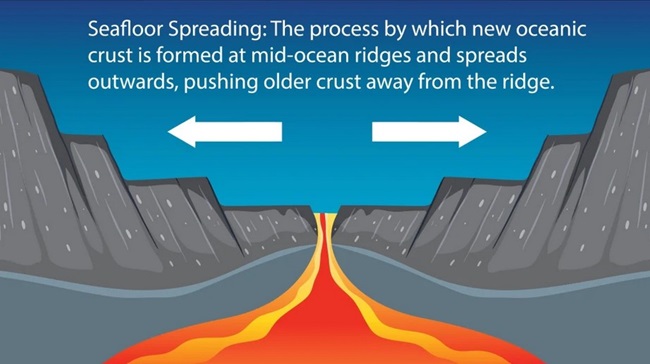
The Atlantic Ocean is one of Earth’s greatest natural wonders, covering over 20% of the planet’s surface. As the second-largest ocean in the world, it spans an astonishing 106.5 million square kilometers. However, this size isn’t static—it is constantly changing.

